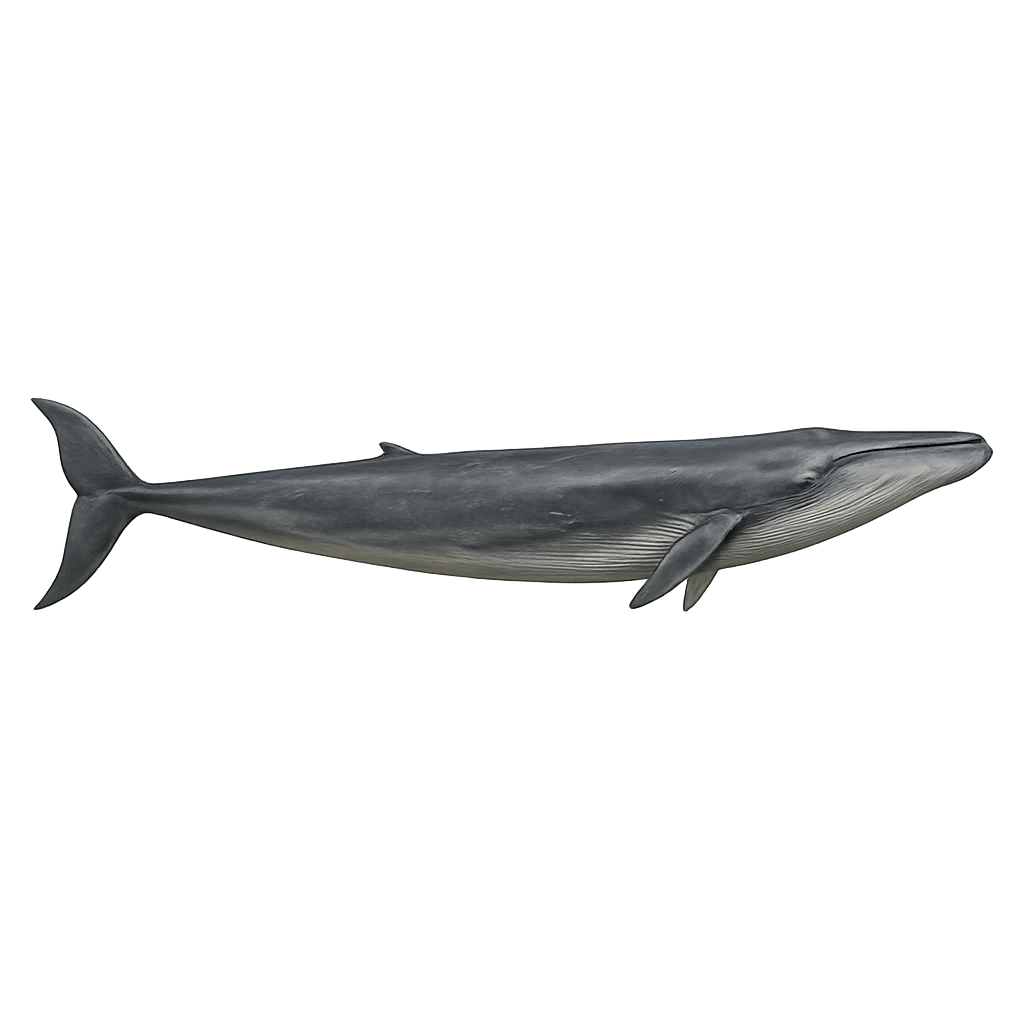Your wildlife photography guide.
Explore the fin whale in detail, study its behavior, prepare your shots.
Where to observe and photograph the fin whale in the wild
Learn where and when to spot the fin whale in the wild, how to identify the species based on distinctive features, and what natural environments it inhabits. The WildlifePhotographer app offers tailored photography tips that reflect the fin whale’s behavior, helping you capture better wildlife images. Explore the full species profile for key information including description, habitat, active periods, and approach techniques.
Fin whale
Scientific name: Balaenoptera physalus

IUCN Status: Least Concern
Family: BALAENIDAE
Group: Mammals
Sensitivity to human approach: Suspicious
Minimum approach distance: 30 m
Rut period: December to January
Gestation: 360-400 jours
Births: January to February
Habitat:
Open ocean
Activity period :
Activity varies depending on season, weather, or human pressure.
Identification and description:
The Fin whale, also known as the Minke whale, is one of the largest whale species, reaching lengths of up to 18 meters and weighing 70 tons. It primarily feeds on krill and small fish, capturing them by filtering water. This migratory whale travels long distances between breeding and feeding areas and is found in all oceans worldwide. While the Fin whale is a protected species, it is still threatened by pollution, ship strikes, and illegal whaling.
Recommended lens:
400 mm – adjust based on distance, desired framing (portrait or habitat), and approach conditions.
Photography tips:
Photograph the Fin whale using a telephoto lens to capture its majestic profile at the surface. Take photos during its surface breaths to capture the moment it exhales. It is best to photograph early in the morning or late in the afternoon, when the light is softer. Be patient, as whales can be difficult to spot, and maintain a respectful distance to avoid disturbing the animal.
The WildlifePhotographer App is coming soon!
Be the first to explore the best nature spots, track rutting seasons, log your observations, and observe more wildlife.
Already 1 431 wildlife lovers subscribed worldwide

